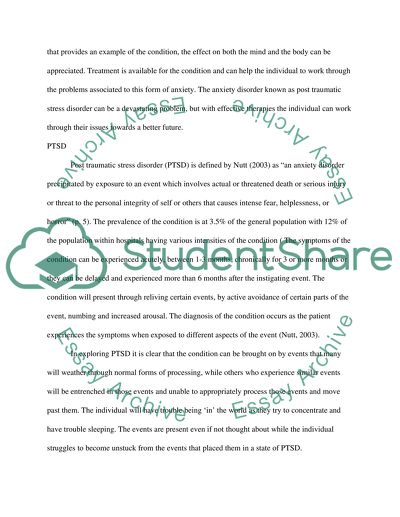Cite this document
(“Post-Traumatic Stress Disorder (PTSD) Essay Example | Topics and Well Written Essays - 1500 words”, n.d.)
Retrieved from https://studentshare.org/psychology/1437687-lab-assignment
Retrieved from https://studentshare.org/psychology/1437687-lab-assignment
(Post-Traumatic Stress Disorder (PTSD) Essay Example | Topics and Well Written Essays - 1500 Words)
https://studentshare.org/psychology/1437687-lab-assignment.
https://studentshare.org/psychology/1437687-lab-assignment.
“Post-Traumatic Stress Disorder (PTSD) Essay Example | Topics and Well Written Essays - 1500 Words”, n.d. https://studentshare.org/psychology/1437687-lab-assignment.


